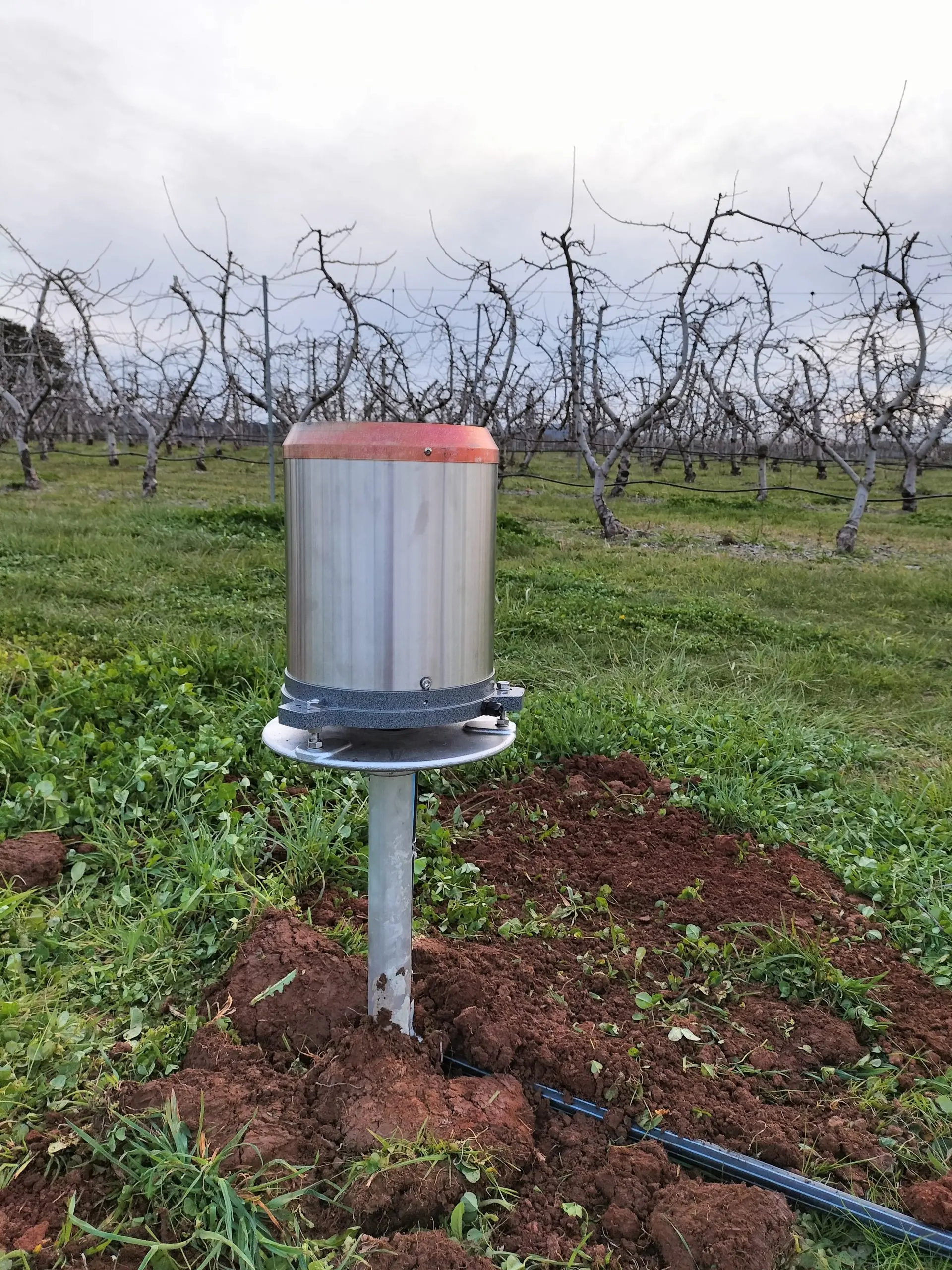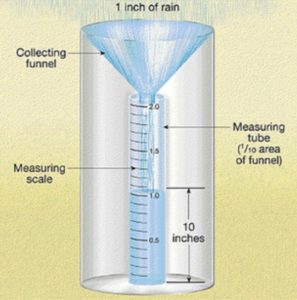The Advantages of Mounting an Accuracy Rain Gauge for Your Weather Station
The Advantages of Mounting an Accuracy Rain Gauge for Your Weather Station
Blog Article
Revealing the Scientific Research Behind Rainfall Assesses: Exactly How These Devices Play a Crucial Function in Climate Study and Environmental Surveillance
Rainfall gauges, seemingly straightforward tools, hold a profound importance in the world of climate study and ecological monitoring. As we peel off back the layers of this scientific shroud surrounding rain assesses, we uncover a globe where accuracy, information accuracy, and precise monitoring merge to reveal a much deeper understanding of our altering environment and its influence on the earth.
Relevance of Rainfall Gauges
Rain evaluates play an essential role in tracking and gauging rainfall degrees, offering necessary data for climate research and analysis. These gadgets are essential in quantifying the quantity of rains that occurs in a details location over a certain duration. By accumulating and gauging rainwater, rainfall evaluates offer valuable understandings into the circulation and intensity of precipitation, helping meteorologists, hydrologists, and climatologists in comprehending weather patterns and patterns.
Among the crucial reasons rain assesses are important is their capacity to offer local and accurate data. Unlike satellite or radar-based measurements, which use broader monitorings, rainfall gauges deal accurate details particular to the area where they are placed. This localized data is crucial for numerous applications, including flood projecting, drought tracking, and water source management. Furthermore, lasting data accumulated from rainfall evaluates aids in evaluating climate adjustment impacts and patterns, contributing substantially to clinical research study and decision-making procedures. Essentially, rain assesses work as crucial tools in the field of weather forecasting and ecological scientific research, playing a crucial role beforehand our understanding of weather condition and environment characteristics.
Kinds of Rainfall Scales

Functionality and Operation
In the world of environment research study and meteorological studies, the effectiveness of rain assesses depend on their elaborate functionality and precise functional devices. Rain gauges are created to accurately measure the quantity of rainfall that falls over a certain area during a collection period. These devices typically are composed of a funnel that accumulates rain and click over here channels it right into a determining tube. The measuring tube is noted with calibrated dimensions that enable for the precise metrology of rainfall.
The functionality of rain gauges is based upon the concept of collecting and determining rainwater in a standard way. This accumulated data is essential for understanding neighborhood climate patterns, tracking lasting climate fads, and examining environmental influences. To ensure precise dimensions, rain assesses demand to be strategically put in open locations away from blockages such as structures or trees that could conflict with the collection procedure.
The operational element of rainfall determines involves normal upkeep to stop particles accumulation, calibration checks to preserve dimension precision, and data tape-recording for evaluation (rain gauge). Overall, the functionality and operation of rainfall determines are vital for gathering trustworthy rainfall data vital to climate research and environmental surveillance
Function in Climate Research Study
Given the essential significance of precise rainfall measurements in recognizing weather condition patterns and ecological effects, the function of rainfall determines in environment research study is vital. Rainfall determines supply crucial data for environment research study by quantifying the amount of precipitation that tips over a details area during an offered duration. This information is critical for keeping an eye on long-term patterns in rainfall patterns, analyzing the influence of environment change on rainfall distribution, and enhancing climate versions.

Environment scientists use data accumulated from rainfall evaluates to evaluate variants in rainfall levels, identify regional environment patterns, and assess the performance of water source management approaches. By contrasting historical precipitation data with present dimensions, scientists can detect shifts in rainfall patterns, such as adjustments in the frequency or intensity of rains events. This information is essential for recognizing how environment change is affecting rainfall dynamics and can assist policymakers make informed decisions regarding adjustment and mitigation approaches.
Applications in Ecological Tracking

In flood projecting, rainfall gauge data helps to track rains intensity and distribution, enabling authorities to provide timely cautions and take required actions to mitigate flooding risks (rain gauge). Drought tracking counts on rainfall scale data to evaluate wetness levels in the dirt and track precipitation shortages, helping in the recognition of drought-prone locations and the application of drought feedback methods
Additionally, rainfall gauge data plays an essential role in water source management by offering details on water availability and use trends. Furthermore, in farming, rain gauge information assists find this farmers in enhancing watering timetables, crop selection, and general ranch monitoring practices based on regional rainfall patterns.
Final Thought
Finally, rainfall determines are vital devices for determining rainfall, supplying beneficial information for environment study and ecological surveillance. With various types and performances, rain evaluates play a crucial role in comprehending rainfall patterns and their effect on the atmosphere. By properly measuring rains, these tools add to the development of clinical understanding and assistance in making notified choices relevant to water resource management and catastrophe readiness.
Rainfall gauges play an important function in monitoring and measuring precipitation degrees, giving necessary information read this for environment research and evaluation. The typical rain gauge, understood as the "tipping pail" gauge, is one of the most generally used tools. Ultrasonic rainfall evaluates usage noise waves to spot the visibility of rain, providing real-time information on precipitation degrees.Climate scientists utilize information gathered from rainfall evaluates to analyze variants in rainfall levels, recognize regional environment trends, and review the efficiency of water source administration strategies.In verdict, rain determines are crucial tools for measuring rainfall, supplying valuable information for climate study and environmental monitoring.
Report this page